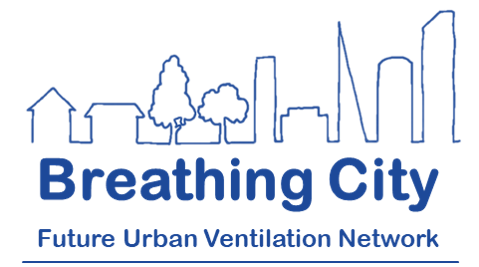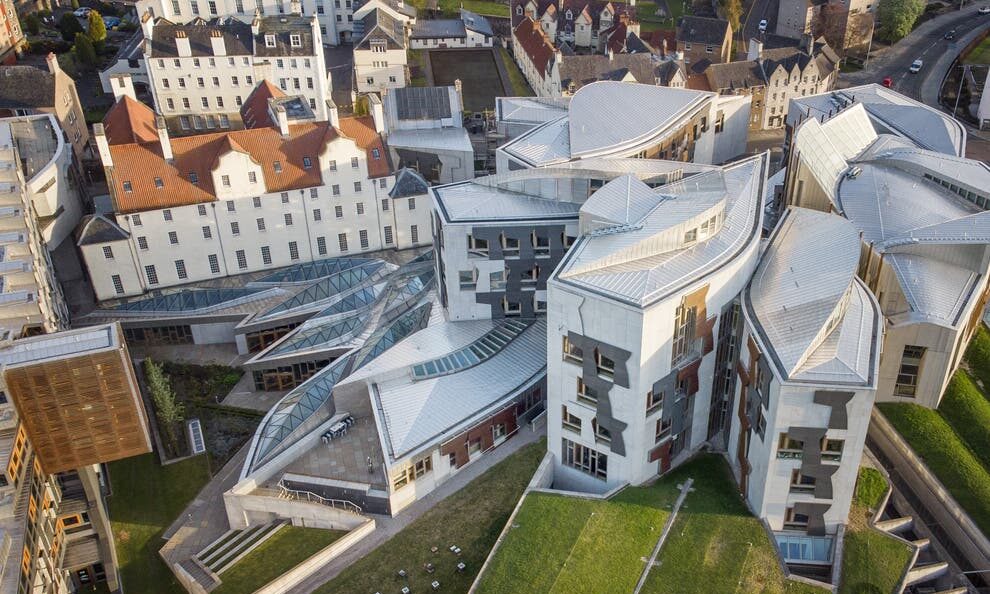Breathing City’s Dr. Henry Burridge, Prof. Cath Noakes and Prof. Paul Linden have recently published “Predictive and retrospective modelling of airborne infection risk using monitored carbon dioxide“
To better the understanding around the risks of airborne infection researchers have developed a method that can be readily deployed with either modelled or monitored CO2 data and occupancy levels within an indoor space.
For spaces such as offices or schools which are consistently occupied by the same group of people, the methodology can easily calculate the expected number of secondary infections arising from a regular attendee becoming infectious and remaining pre/asymptomatic within these spaces.
The calculations are based on both a modelled open-plan office and data from monitors in a small naturally ventilated office. By inferring ventilation rates from monitored CO2, estimates of airborne infection were accurately reconstructed, offering scope for more informed retrospective modelling should outbreaks occur in spaces where CO2 is monitored.
The recent publication states “Well-ventilated spaces appear unlikely to contribute significantly to airborne infection. However, even moderate changes to the conditions within the office, or new variants of the disease, typically result in more troubling predictions.”
In August 2021 the UK Government announced that CO2 monitors will be provided to all state-funded education settings from September, so staff can quickly identify where ventilation needs to be improved. The government has also launched a trial of air purifiers in 30 schools in Bradford, which is designed to assess the technology in education settings and whether they could reduce the risk of transmission.


